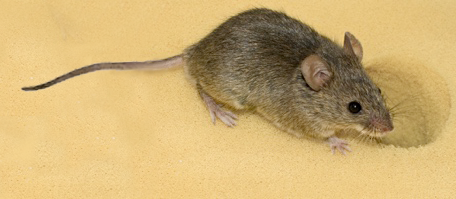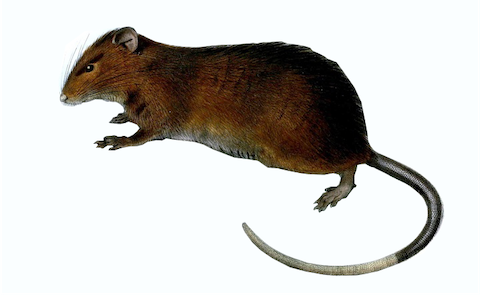CD4+ T cells, but not non-classical monocytes, are dispensable for the development of chronic lymphocytic leukemia in the TCL1-tg murine model.
Abstract
In the adaptive immune system, crosstalk between B cells and T cells is pivotal to the expansion, differentiation, survival and effector functions of normal B cells in response to antigen. Chronic lymphocytic leukemia (CLL) is characterized by the accumulation of CD5+CD19+ B cells in the peripheral blood, secondary lymphoid organs and bone marrow of patients. Although the cellular origin of CLL cells is still a subject of debate, molecular profiling demonstrates that CLL cells share similar signatures with antigen-experienced memory B cells. In this regard, it is believed that T-cell-dependent mechanisms similar to those required during the normal maturation of B cells may also operate in CLL and contribute to disease progression. We recently demonstrated that the accumulation of clonal CD4+ T cells in CLL is associated with B-cell receptor (BCR) characteristics (mutation status and stereotypy), implicating specific T-cell crosstalk with CLL cells during tumor outgrowth.1 This notion is further supported by the observation that so-called lymphoid proliferation centers, which are structural hallmarks in CLL, are composed of different antigen-presenting cells and numerous CD4+ T cells that are clustered together with activated CLL cells.2 CLL activation in turn leads to enhanced viability, chemoresistance, and proliferation. Indeed, both in vitro and in vivo data demonstrate that activated CD4+ T cells provide stimuli, for example, CD40L, that drive CLL cells into proliferation.3,4 In addition, CD4+ T cells can protect CLL cells from spontaneous apoptosis in vitro.5 As such, reversing the nature of CLL–T-cell interactions with immunomodulatory drugs is a therapeutic goal in CLL.6,7
| Authors: | Kocher T, Asslaber D, Zaborsky N, Flenady S, Denk U, Reinthaler P, Ablinger M, Geisberger R, Bauer JW, Seiffert M, Hartmann TN, Greil R, Egle A, Piñón Hofbauer J |
|---|---|
| Journal: | Leukemia; 2016 06; 30(6) 1409-13. doi:10.1038/leu.2015.307 |
| Year: | 2016 |
| PubMed: | PMID: 26522084 (Go to PubMed) |


